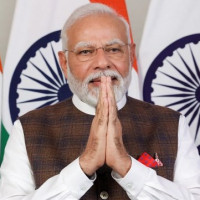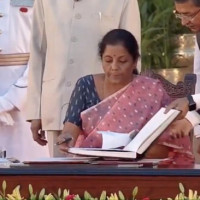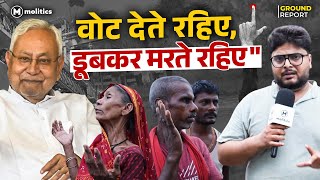GST 2.0 में राहत या और टैक्स का बोझ? मोदी सरकार का जादू या धोखा? | F&F Ep-158 | Hemant
In this detailed episode, we dive deep into the much-debated topic of GST 2.0 and its impact on India's economy. Host Hemant takes us through the political and economic journey that began with the implementation of GST in 2017 by the Modi government. Presented as a revolutionary reform, GST was touted as a game-changer for the Indian economy, promising ease of doing business, transparency, and a unified tax system. However, years later, questions are being raised about its actual benefits. Was the 2017 GST really the "masterstroke" it was made out to be? Or was it just a politically-driven narrative? Raj Kumar Bhati from the Samajwadi Party and opposition leaders like Rahul Gandhi had criticized the GST for its complexity, arguing that it was detrimental to MSMEs and small businesses. According to Rahul Gandhi, GST with multiple tax slabs, was a burden on small traders, further crippling the informal sector. Many believe this system led to increased inflation, job losses, and economic slowdown. Over 10 million jobs were reportedly lost, and millions of small businesses faced closure. As the government announces GST 2.0, with reduced tax slabs and an attempt to simplify the system, the question remains: why was this reform not implemented from the start? What has changed since 2017? Was GST 2.0 a much-needed correction, or simply an admission of failure? Watch this episode for an in-depth analysis, facts, figures, and a critical look at the impact of GST reforms, and understand why this tax overhaul is being hailed as the "next-generation" reform.
































































